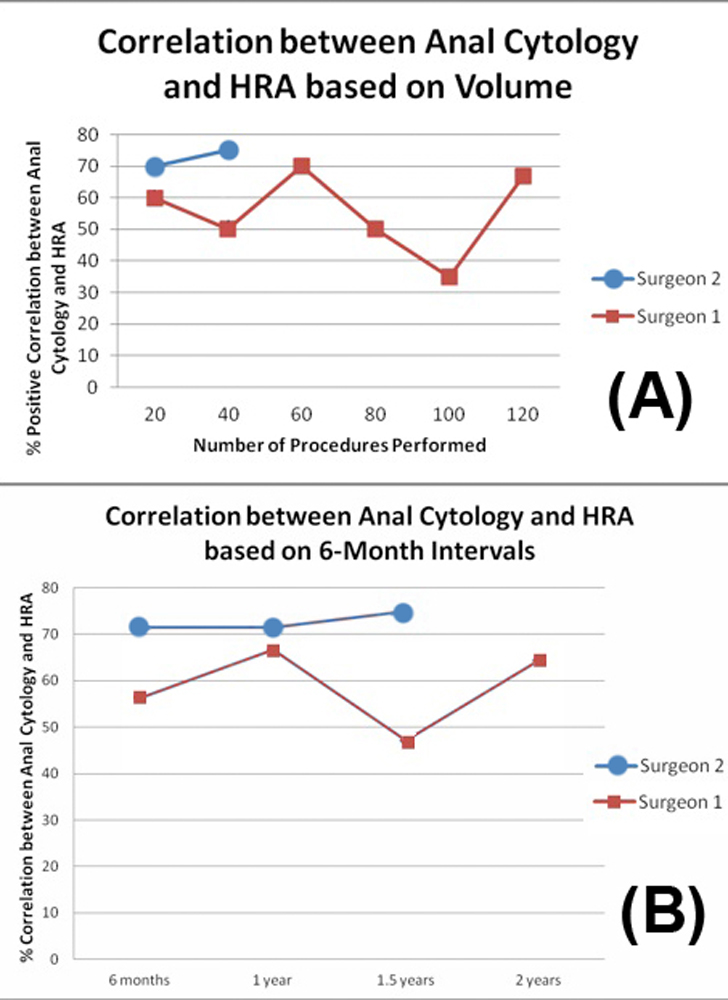V. A. Lane1,2, E. J. Ambeba1, J. N. Cooper1, D. L. Lodwick1, M. A. Levitt2,4, D. J. Chisolm3,5,6, R. J. Wood2, P. C. Minneci1, K. J. Deans1 1Nationwide Children’s Hospital,Center For Surgical Outcomes Research,Columbus, OH, USA 2Nationwide Children’s Hospital,Center For Colorectal And Pelvic Reconstruction,Columbus, OH, USA 3Nationwide Children’s Hospital,Pediatrics And Public Health,Columbus, OH, USA 4Ohio State University,Surgery,Columbus, OH, USA 5Ohio State University,Pediatrics,Columbus, OH, USA 6Ohio State University,Public Health,Columbus, OH, USA
Introduction:
The VACTERL (Vertebral, Anal, Cardiac, TracheoEsophageal, Renal, Limb) association is a group of congenital anomalies that often occurs among patients diagnosed with anorectal malformation (ARM). Despite the existence of recommended VACTERL screening practices for ARM patients, it is unclear whether such screening is routinely implemented by clinicians. Missed and delayed diagnoses may delay medical intervention and contribute to increased morbidity. Our objective was to examine VACTERL screening practices throughout the United States in children born with ARM.
Methods:
We conducted a retrospective cohort study using the 2005-2009 Medicaid Analytic eXtract (MAX), a health care utilization database that contains Medicaid enrollment and utilization claims. We included 17 states with claims data usable for research. Patients born between January 1, 2005 and December 31, 2008 who had an ICD-9 diagnosis code for ARM and at least 12 months of continuous enrollment in Medicaid were included. In order to minimize disease misclassification, patients were excluded if there was no record of a definitive ARM procedure within the first year of life. VACTERL screening tests were identified based on ICD-9 and CPT procedure codes and included echocardiogram, spinal radiographs, spinal cord assessment (spinal ultrasound [US] and/or spinal MRI), renal US, and limb radiographs.
Results:
A total of 2,278 children with an ARM diagnosis code were identified, of which 406 children underwent a definitive ARM procedure within the first year of life. Males comprised over half of the cohort (57%). Overall, 6% of children did not have any VACTERL screening test. Eighty percent had 2 or more screening tests; only 3% of the sample had all 5 screening tests. Seventy-seven percent of children had an echocardiogram; 20% had a spinal radiograph; 57% had some type of spinal cord assessment (spinal US only, 30%; spinal MRI only, 14%; both spinal US and spinal MRI, 13%); and 77% had a renal US. In addition, limb (upper and/or lower) radiographs were performed in 16% of children (Table).
Conclusion:
In this population-based study, we identified a low rate of VACTERL screening in patients with ARM, especially for vertebral anomalies. Under-screening for associated anomalies may lead to delayed diagnosis of significant anomalies that may require either medical or surgical intervention; thus improving screening rates could enhance care of children with these conditions.





